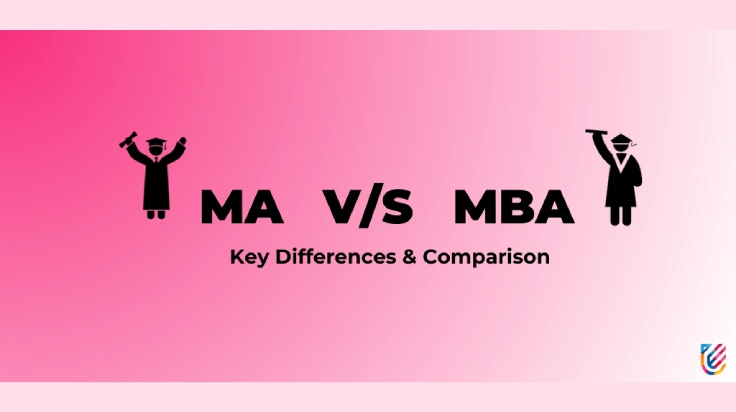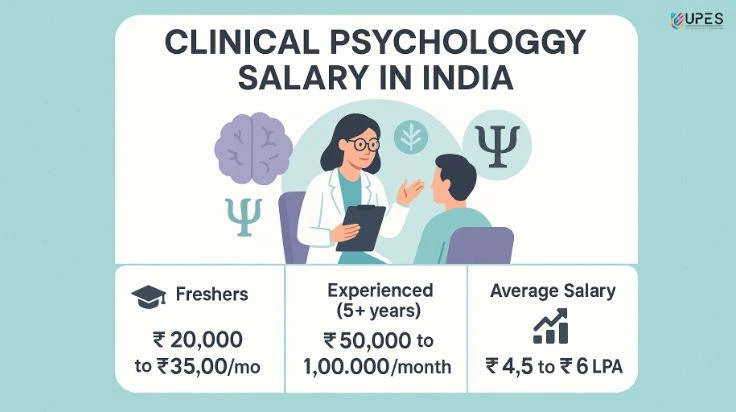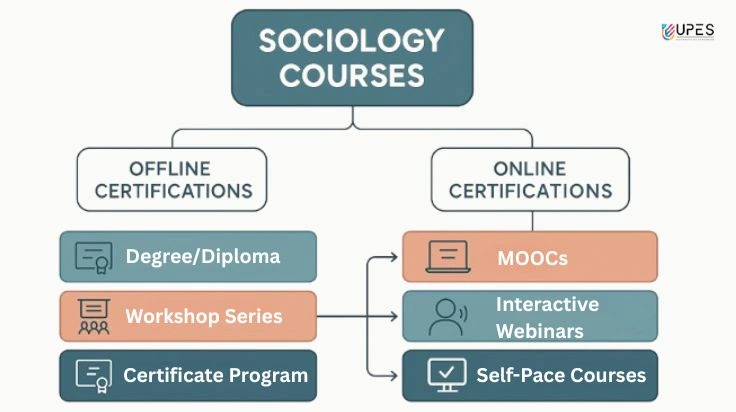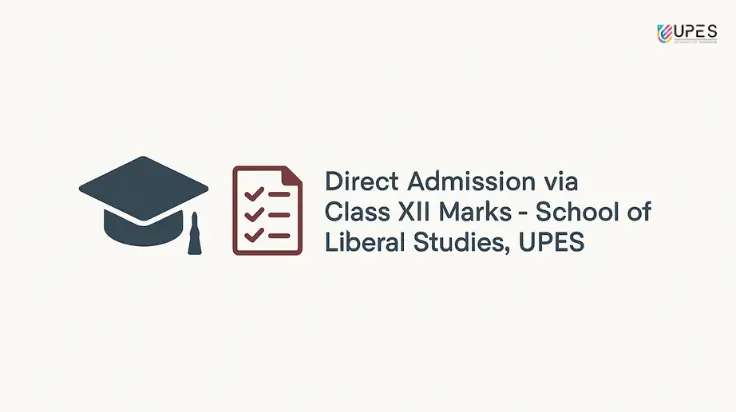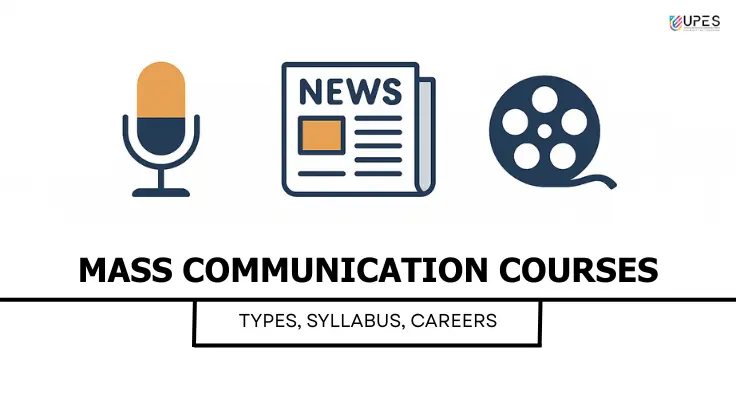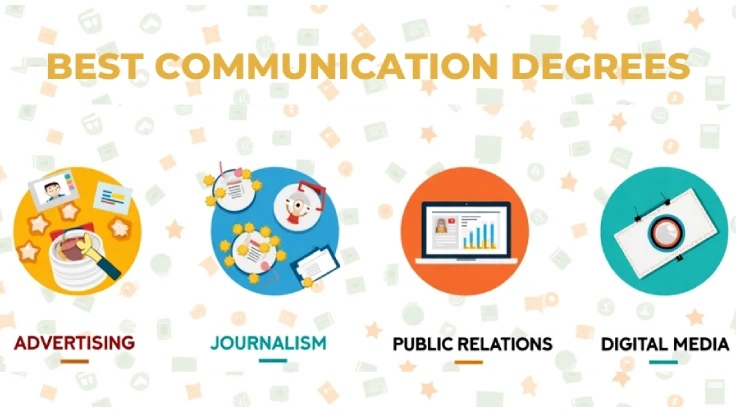The role of Data, Analytics and Visualization in the world of media and entertainment
- UPES Editorial Team
- Published 21/05/2021

UPES School of Modern Media offers students deep learning in the field of new-age media. The school gives graduates learning opportunities that include interacting with eminent journalists, access to state-of-the-art studios, employment-relevant training and unmatched global exposure, among others
Over the last decade, digitalisation has led to a drastic change in media consumption patterns and the media industry as a whole. Digitalisation has led to the collection of a large quantity of data that offers invaluable insights to media companies. The media industry is utilising big data to align with changing consumer expectations. Data analysis and visualisation have played a big role in disrupting the media and entertainment industry. Here’s how.
Decoding customer insights
The data on customer behaviour enables media companies to derive a deeper understanding of their audience. For example, the rise of e-books and audiobooks in the publishing industry has helped publishers unlock customer insights such as what genre is in demand, what kind of books are being read by a certain age group, how many hours people are spending on reading etc. Similarly, streaming platforms are also using data to better understand their customers and usage patterns, such as what kind of content they like to watch, at what time of the day, etc. Data analysis in the media industry has opened up new opportunities for companies to discover new facets about their customers every day.
Today, some media companies are also using personalised data for customer delight, like how Spotify creates the ‘Year in Review’ section for each listener. Here, data visualisation plays a crucial role in translating raw data into an appealing format. Data visualisation is critical when it comes to presenting the collected data in a meaningful and effective way. It is extensively used for both breaking news as well as feature stories in the form of interactive graphics.
Predicting customer preferences
With data collection, data interpretation is equally important to effectively engage with customers. Sustained data collection along with analysis helps companies predict audience interest and behaviour based on viewing history, searches, reviews, etc. Companies then utilise the analysed data for forecasting and recommendation. Data is helping media players to guide their customers and offer them what they seek. For example, publishers today can recommend a book title based on your reading history, or a music platform can create a personalised playlist based on your listening history. News platforms leverage customer data to show the customer news stories that she is most likely to read. The data also equips media companies to predict future trends in the industry, thereby staying ahead of their competitors.
Driving profitability
Big data is directly impacting the profitability of media companies today. The forecasting and recommendation feature is helping media players increase their engagement with their customers, thereby ensuring better revenues. By analysing data, they can unearth ways to drive sales, adopt new marketing strategies, work on content delivery, etc. They can also avoid churn by knowing when and why a customer is unsubscribing and build strategies to retain and attract customers.
If you want to be a part of a dynamic and data-driven media industry, it is imperative to have a thorough understanding of data analysis and visualization. UPES School of Modern Media offers students deep learning in the field of new-age media. The school gives graduates a definite edge, with a number of learning opportunities that include interacting with eminent journalists, access to state-of-the-art studios, employment-relevant training and unmatched global exposure, among others. UPES School of Modern Media, which has renowned media experts on its advisory board, offers international internships as well as placement assistance. There are five specializations on offer:
- BA Journalism and Mass Communication (Digital) -Social Media and Search Engine Optimisation
- BA Journalism and Mass Communication (Digital) -Data, Analytics & Visualisation
- BA Journalism and Mass Communication (Digital) -Media Management, Public Policy and Strategic Communications
- BA Journalism and Mass Communication (Digital) -Digital Publishing/Website Management
- BA Digital and Mass Media (Broadcasting) -Digital Video Production and Monetisation
Those interested in a career in data and visualisation should explore the Bachelor’s degree in Journalism with a focus on Data, Analytics and Visualisation. In this course, students learn different ways of collecting, organising and categorizing data into engaging multimedia content.
UPES Editorial Team
Written by the UPES Editorial Team
Tags
- Analytics and Visualization
- upes school of modern media
- world of media and entertainment
UPES Admission Enquiry
Subscribe to UPES Blogs
Join our community for exclusive stories, insights, and updates
By clicking the "Subscribe" button, I agree and accept the privacy policy of UPES.









